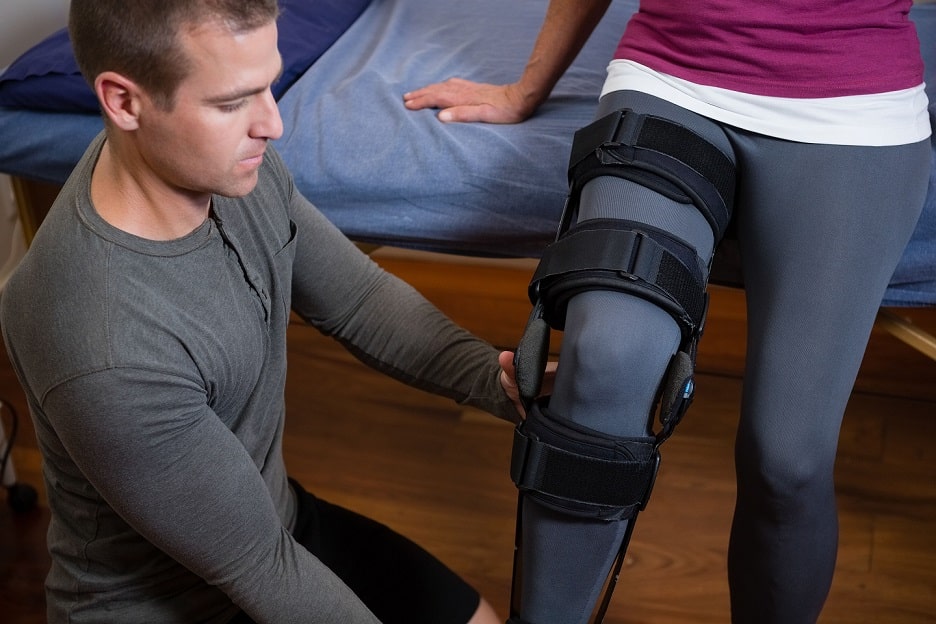 The most common road traffic accident claims we deal with here at The Injury Lawyers is when a vehicle has been hit in the rear by another vehicle.
The most common road traffic accident claims we deal with here at The Injury Lawyers is when a vehicle has been hit in the rear by another vehicle.
A vehicle is often stationary or slowing down when the driver behind fails to react to this and just drives straight into the rear of your vehicle. Fault for this type of accident is pretty straight forward – after all, you do not have control of the vehicle behind do you?
The Highway Code says that a driver must “Drive at a speed which will allow you to stop well within the distance you can see to be clear: You should leave enough space between you and the vehicle in front so that you can pull up safely if it suddenly slows down and stops.”
This is simple and pretty self explanatory and to be honest – common sense – so why do we have so many rear end shunt traffic accidents such as this?
There is a lot of case law in this area and in the case of Brown & Lynn v Western Scottish Motor Traction Co Ltd it was stated that “the distance which should separate 2 vehicles travelling one behind the other must depend upon many variable factors – the speed, the nature of the locality, the other traffic present or to be expected, the opportunity available to the following driver of commanding a view ahead of the leading vehicle, the distance within which the following vehicle can be pulled up and many other things.”
In other words, the distance you are from another vehicle is normally dependent on your surroundings and almost certainly, which is not mentioned in the extract above, the weather conditions.
After the recent bad weather of snow and ice we have seen an increase in the number of these types of accidents. Again, I would have thought it common sense to keep a good distance from the vehicle in front in snowy and icy conditions, but sometimes even a good distance cannot keep a vehicle from skidding on the ice and colliding with another vehicle.
It is the usual rule that the vehicle behind is at fault for the accident as a result of failing to brake or stop in time. However, there are occasions when the vehicle in front can be held at fault for the accident.
In the case of Gussman v Gratton Storey the Defendant applied the brakes violently in order to avoid a pheasant in the road which caused the Claimant to collide with the rear of the Defendant’s vehicle. It was held that the Defendant was responsible for the accident.
So, if the vehicle in front stops suddenly and the driver behind collides with the back of the vehicle, the front driver may have to prove that an emergency stop was performed for a good reason, or as in the above case, they could be held at fault for the accident.
If you have been involved in an accident involving being hit in the rear or you have collided with the rear of the vehicle in front as you believe they stopped/applied the brakes harshly for no reason, and have been injured as a result, then you may be entitled to claim compensation for any injuries caused.
So, please call our claims line for professional advice on your individual circumstances. Our Claims Line number is: 0800 634 75 75.












